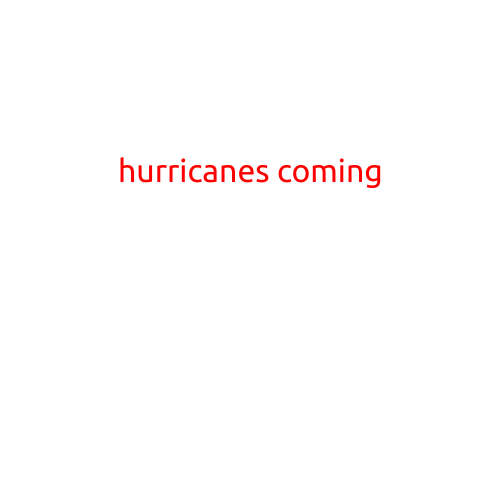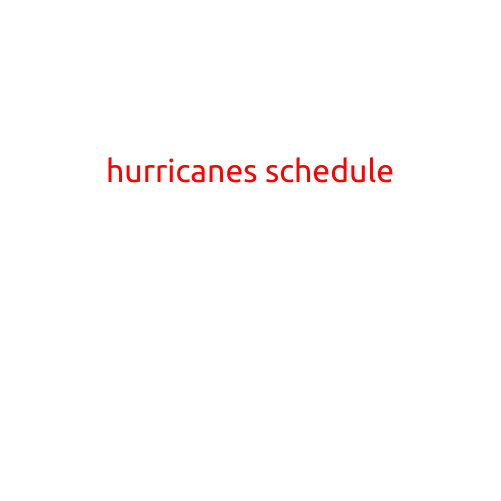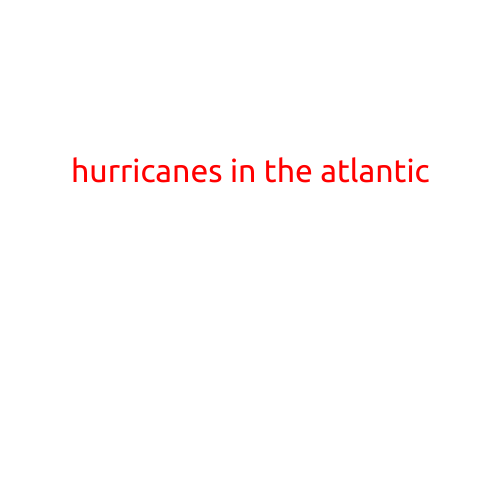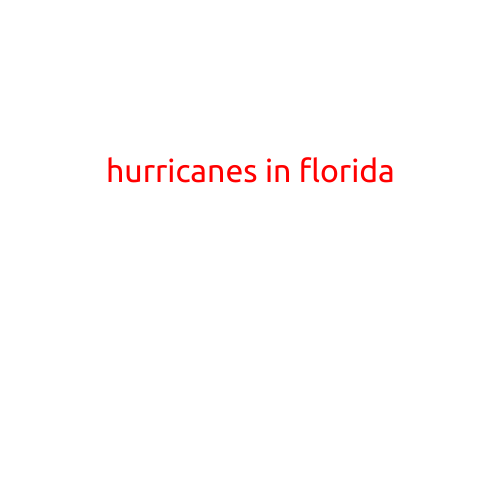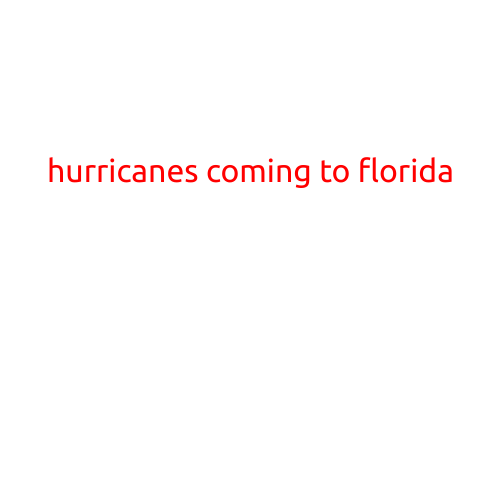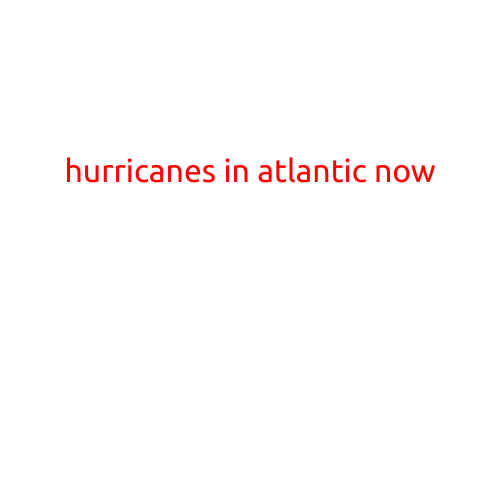
Hurricanes in the Atlantic: An Update on the Latest Developments
As we enter the peak months of hurricane season in the Atlantic, meteorologists and tropical cyclone experts are closely monitoring the latest developments in the Atlantic Ocean. So far, this season has seen an above-average number of named storms, with several hurricanes and tropical storms already making landfall. In this article, we’ll provide an update on the current situation and what you can expect in the coming weeks.
Current Storms:
There are currently two active tropical cyclones in the Atlantic:
- Hurricane Laura: A powerful Category 1 hurricane currently churning in the western Atlantic, about 1,100 miles off the coast of North Carolina. The storm is expected to continue moving northwest at a speed of around 15 mph, potentially bringing heavy rain and strong winds to parts of the Outer Banks by the end of the week.
- Tropical Storm Isaias: A tropical storm located in the eastern Atlantic, about 400 miles off the coast of Africa. While not a hurricane, Isaias is expected to strengthen and become a hurricane by the middle of next week. The National Hurricane Center (NHC) is advising that Isaias could pose a threat to coastal areas in the Caribbean and possibly even the southeastern United States.
Forecast:
The National Hurricane Center (NHC) is predicting a 60% chance that the Atlantic will see an above-average number of named storms this season. The NHC’s Atlantic Hurricane Season Outlook calls for 15-20 named storms, 2-3 major hurricanes, and an accumulated cyclone energy (ACE) index greater than 150. In comparison, last season saw 18 named storms, 2 major hurricanes, and an ACE index of 144.
Why are we Seeing so Many Storms?
Several factors are contributing to the increased activity in the Atlantic this season:
- Warm ocean temperatures: Waters in the Atlantic are warmer than usual, providing fuel for storms to grow.
- High levels of atmospheric moisture: The atmosphere is more humid than typical, which helps storm systems develop and strengthen.
- African Easterly Waves: These waves, which form over Africa, are increasing in frequency and strength, providing a steady supply of precursor systems that can develop into tropical cyclones.
Preparation is Key:
While it’s impossible to predict exactly which storms will make landfall or how severe they’ll be, it’s crucial to have a plan in place to ensure your safety. Here are some essential tips:
- Stay informed: Monitor local news and follow updates from the NHC and your local emergency management agency.
- Prepare an emergency kit: Stock up on non-perishable food, water, and medications.
- Have a plan: Identify the safest routes to take in case of an evacuation order, and make sure you have a plan for how to stay in touch with family members.
- Take necessary precautions: Board up windows, secure outdoor furniture and decorations, and prepare for potential power outages.
Conclusion:
The Atlantic hurricane season is far from over, and it’s essential to stay vigilant and informed about the latest developments. From the NHC’s outlook to the current storm activity, this season has already proven to be active and unpredictable. By preparing ahead of time and staying tuned to the latest updates, you can help ensure your safety and the safety of those around you.
